Home>Maintenance & Safety>Home Maintenance Checklists>What Goes In Recycling Trash Can
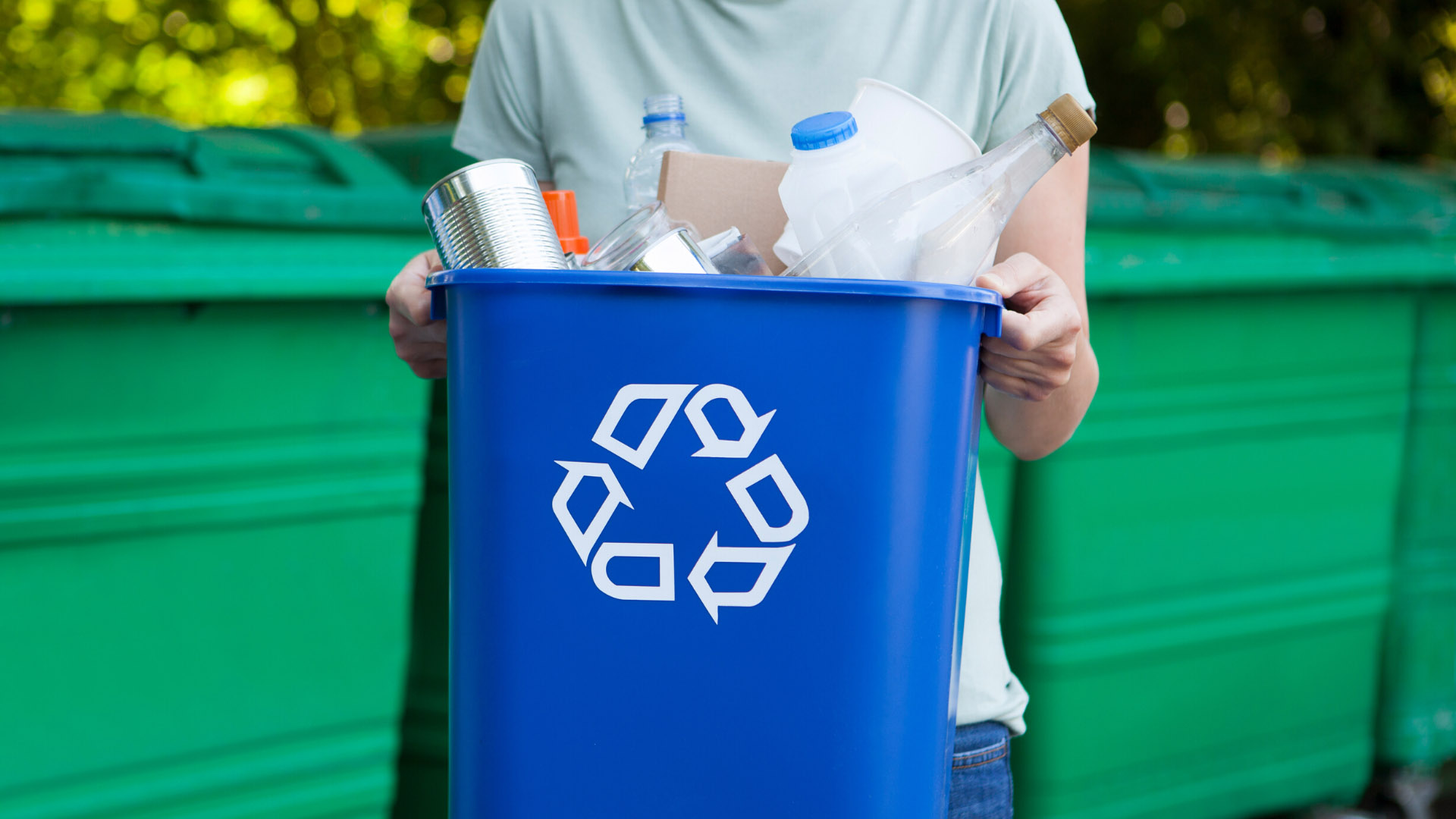

Home Maintenance Checklists
What Goes In Recycling Trash Can
Published: January 17, 2024
Discover the essential home maintenance checklist for recycling trash cans. Learn what goes in recycling trash cans and how to properly manage your household waste. Simplify your recycling routine today!
(Many of the links in this article redirect to a specific reviewed product. Your purchase of these products through affiliate links helps to generate commission for Storables.com, at no extra cost. Learn more)
Introduction
Read more: What Goes In The Trash Can
Understanding the Importance of Recycling
Recycling is a crucial aspect of sustainable living and environmental conservation. It involves the process of collecting, sorting, and processing materials that would otherwise be thrown away as trash. By recycling, we can reduce the amount of waste sent to landfills, conserve natural resources, and minimize pollution. Understanding what items can be recycled and the proper way to dispose of them is essential for making a positive impact on the environment. In this article, we will explore the items that can and cannot go into the recycling trash can, as well as the significance of responsible recycling practices. Let's delve into the world of recycling and discover how each of us can contribute to a cleaner, greener planet.
Key Takeaways:
- Recycling helps reduce waste, conserve resources, and minimize pollution. It’s important to know what can and cannot go into the recycling trash can to make a positive impact on the environment.
- Proper recycling is essential for waste reduction, resource conservation, energy savings, pollution reduction, and mitigating climate impact. Embracing recycling as a daily practice contributes to a more sustainable and eco-conscious society.
Understanding Recycling
Recycling is the process of converting waste materials into reusable objects or materials. It is a key component of sustainable waste management and plays a vital role in conserving natural resources and reducing environmental impact. The recycling process involves collecting recyclable materials, processing them to remove impurities, and creating new products or materials. This cycle helps to minimize the consumption of raw materials, reduce energy usage, and decrease pollution levels.
There are various types of materials that can be recycled, including paper, cardboard, glass, metal, and certain types of plastics. When these materials are recycled, they are transformed into new products, reducing the need for virgin materials and cutting down on the energy and resources required for production.
Recycling also plays a significant role in waste reduction. By diverting materials from landfills and incinerators, recycling helps to alleviate the strain on these disposal methods, ultimately extending their lifespan and reducing the environmental impact associated with waste disposal.
Furthermore, responsible recycling practices contribute to the conservation of natural resources. For instance, recycling paper and cardboard helps to preserve forests, as fewer trees need to be harvested for paper production. Similarly, recycling metals such as aluminum and steel conserves valuable minerals and reduces the energy-intensive process of mining and refining raw materials.
Understanding the importance of recycling and the impact of our consumption habits on the environment is crucial for promoting sustainable living. By embracing recycling as a daily practice, individuals can actively participate in the global effort to protect our planet and create a more sustainable future for generations to come.
What Can Go in the Recycling Trash Can
Recycling is a simple yet impactful way to contribute to environmental sustainability. Knowing which items can be placed in the recycling trash can is essential for ensuring that the recycling process is efficient and effective. Here are some common items that can be recycled:
- Paper: This includes newspapers, magazines, office paper, and cardboard. When recycling paper, it is important to remove any non-recyclable contaminants, such as food residue or plastic coatings.
- Plastic Bottles and Containers: Certain types of plastic, typically marked with a recycling symbol and a number, can be recycled. Examples include water bottles, milk jugs, and food containers. It is important to check the local recycling guidelines to determine which types of plastic are accepted.
- Glass: Bottles and jars made of clear, green, or brown glass can usually be recycled. It is important to remove any caps or lids and rinse the containers before recycling.
- Metal Cans: Aluminum, steel, and tin cans are typically accepted for recycling. It is important to rinse out any remaining food or liquid from the cans before recycling them.
- Cardboard: Corrugated cardboard, such as shipping boxes and packaging materials, can be recycled. It is important to flatten the cardboard to save space in the recycling bin.
These are just a few examples of the many materials that can be recycled. By properly sorting and preparing these items for recycling, individuals can play a significant role in reducing waste and conserving resources. It is important to familiarize oneself with the specific recycling guidelines and regulations in their local area, as these may vary depending on the recycling facilities and programs available.
When in doubt about whether an item can be recycled, it is best to consult the local recycling authority or waste management company for guidance. By making informed decisions about recycling and taking the time to properly prepare recyclable materials, individuals can make a positive impact on the environment and contribute to a more sustainable future.
What Cannot Go in the Recycling Trash Can
While it is crucial to understand which items can be recycled, it is equally important to be aware of the materials that cannot be placed in the recycling trash can. Improperly disposing of non-recyclable items can contaminate the recycling stream and hinder the effectiveness of the recycling process. Here are some common items that should not be placed in the recycling trash can:
- Plastic Bags: Thin plastic bags, such as grocery bags and plastic film, should not be included in regular recycling. These items can cause issues at recycling facilities and should be returned to designated drop-off locations, such as grocery stores, for proper recycling.
- Styrofoam: Expanded polystyrene foam, often referred to as Styrofoam, is not typically accepted in curbside recycling programs. Due to its lightweight and bulky nature, Styrofoam can be challenging to recycle and is often best disposed of in regular trash.
- Food Waste: Organic materials, such as food scraps and yard waste, should not be placed in the recycling bin. Instead, these items can be composted to create nutrient-rich soil for gardening and landscaping.
- Electronics: Electronic waste, including old computers, televisions, and other electronic devices, should not be included in regular recycling. Many communities offer special collection events or drop-off locations for electronic waste recycling.
- Batteries: Household batteries, such as alkaline and lithium batteries, should not be placed in the recycling bin. These items can be taken to designated recycling centers or hazardous waste disposal facilities for proper handling.
It is important to note that the specific guidelines for recyclable and non-recyclable materials may vary by location. Therefore, individuals should familiarize themselves with the recycling regulations and guidelines established by their local waste management authorities.
By being mindful of the materials that cannot be recycled and taking proactive steps to dispose of them properly, individuals can help maintain the integrity of the recycling process and prevent contamination. Responsible waste management practices, including proper disposal of non-recyclable items, are essential for promoting a sustainable and efficient recycling system.
Check with your local recycling program to see what can be recycled in your area. Generally, items like paper, cardboard, plastic bottles, glass bottles, and aluminum cans can go in the recycling bin. Make sure to rinse out containers before recycling.
Importance of Proper Recycling
Proper recycling practices play a pivotal role in environmental conservation and sustainable resource management. By understanding the significance of responsible recycling, individuals can actively contribute to reducing waste, conserving natural resources, and minimizing the environmental impact of consumption. Here are some key reasons why proper recycling is essential:
- Waste Reduction: Recycling helps to divert materials from landfills and incinerators, reducing the volume of waste that accumulates in these disposal sites. By minimizing the amount of waste sent to landfills, recycling extends the lifespan of these facilities and mitigates the environmental consequences associated with excessive waste disposal.
- Resource Conservation: Recycling conserves valuable natural resources by reducing the demand for virgin materials. For example, recycling paper and cardboard helps to preserve forests, while recycling metals minimizes the need for extensive mining and extraction of raw materials.
- Energy Savings: The process of recycling consumes less energy compared to the production of new materials from raw resources. By recycling materials such as aluminum, steel, and glass, significant energy savings can be achieved, contributing to overall energy efficiency and sustainability.
- Pollution Reduction: Proper recycling practices help to minimize air and water pollution associated with the extraction, processing, and manufacturing of raw materials. By reducing the need for new production processes, recycling contributes to lower levels of pollution and a cleaner environment.
- Climate Impact: Recycling plays a role in mitigating climate change by reducing greenhouse gas emissions. By conserving energy and resources, recycling contributes to overall carbon footprint reduction and supports efforts to combat global climate challenges.
Furthermore, proper recycling fosters a culture of environmental responsibility and sustainable living. By embracing recycling as a daily practice, individuals can make a tangible difference in the health of the planet and the well-being of future generations.
It is important to recognize that proper recycling goes beyond simply placing items in the recycling bin. It involves understanding local recycling guidelines, sorting materials correctly, and being mindful of the impact of consumption on the environment. By adopting a holistic approach to recycling and waste management, individuals can contribute to a more sustainable and eco-conscious society.
Ultimately, the importance of proper recycling lies in its ability to promote a circular economy, minimize waste, and preserve the Earth’s natural resources for the benefit of present and future generations.
Conclusion
Recycling is a powerful tool for promoting environmental sustainability and reducing the impact of human activities on the planet. By understanding what items can and cannot go into the recycling trash can, individuals can actively participate in the global effort to conserve resources and minimize waste. Proper recycling practices not only benefit the environment but also contribute to the creation of a more sustainable and eco-conscious society.
As we navigate the complexities of modern consumption, it is essential to recognize the role that responsible recycling plays in shaping a greener future. By embracing recycling as a daily practice, individuals can make a positive impact on the environment and contribute to the preservation of natural resources.
Moreover, the importance of proper recycling extends beyond the act of placing items in the recycling bin. It involves mindful consumption, informed decision-making, and a commitment to waste reduction. By adopting a holistic approach to recycling and waste management, individuals can contribute to a circular economy that prioritizes resource conservation and environmental stewardship.
As we strive to build a more sustainable world, each person’s contribution to proper recycling is a step towards a brighter future for our planet. By working together to uphold responsible recycling practices, we can pave the way for a cleaner, healthier environment and leave a positive legacy for generations to come.
Let us continue to educate ourselves and others about the importance of recycling, advocate for sustainable waste management practices, and lead by example in our commitment to proper recycling. Together, we can make a meaningful difference and create a world where recycling is not just a choice, but a way of life.
Frequently Asked Questions about What Goes In Recycling Trash Can
Was this page helpful?
At Storables.com, we guarantee accurate and reliable information. Our content, validated by Expert Board Contributors, is crafted following stringent Editorial Policies. We're committed to providing you with well-researched, expert-backed insights for all your informational needs.
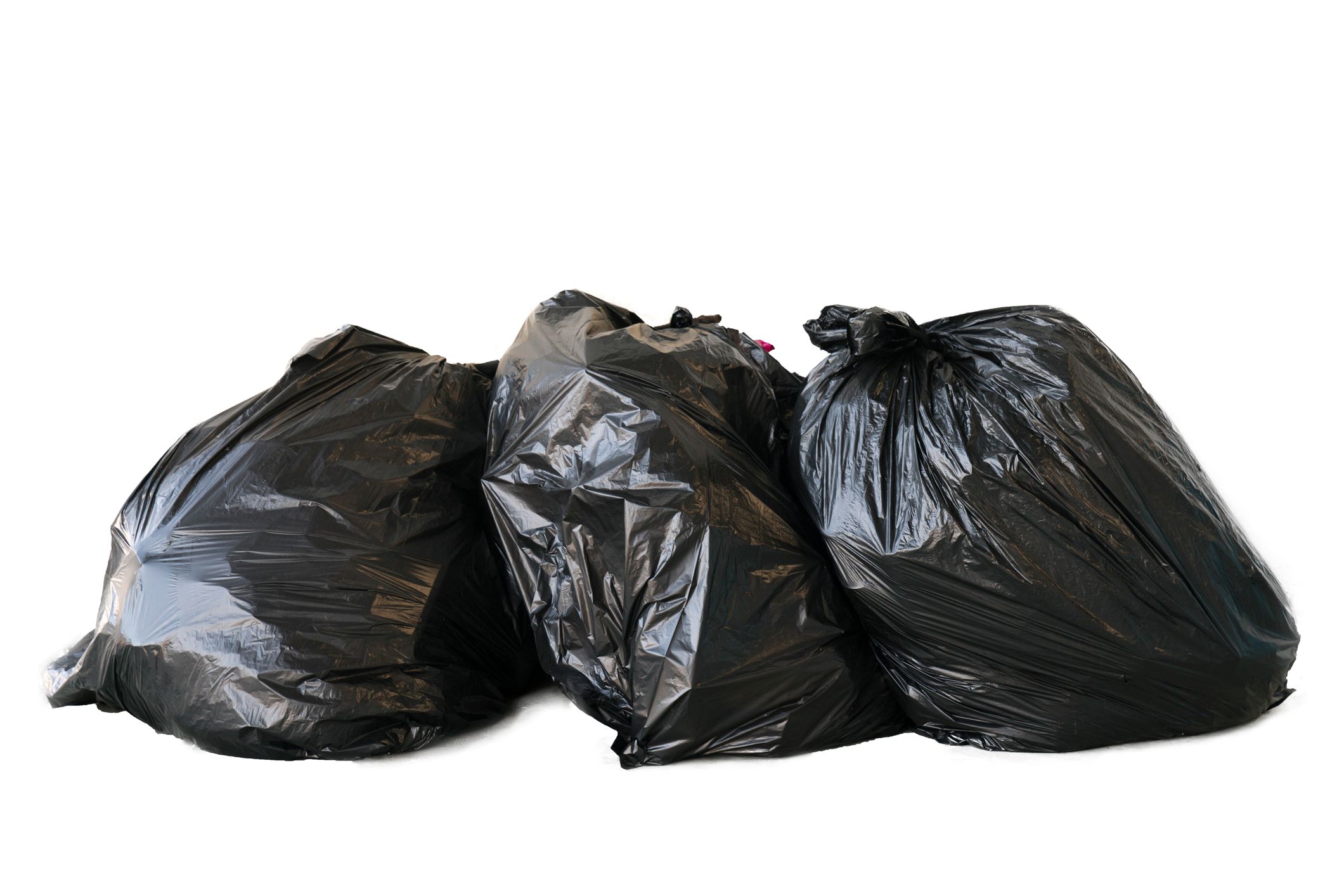
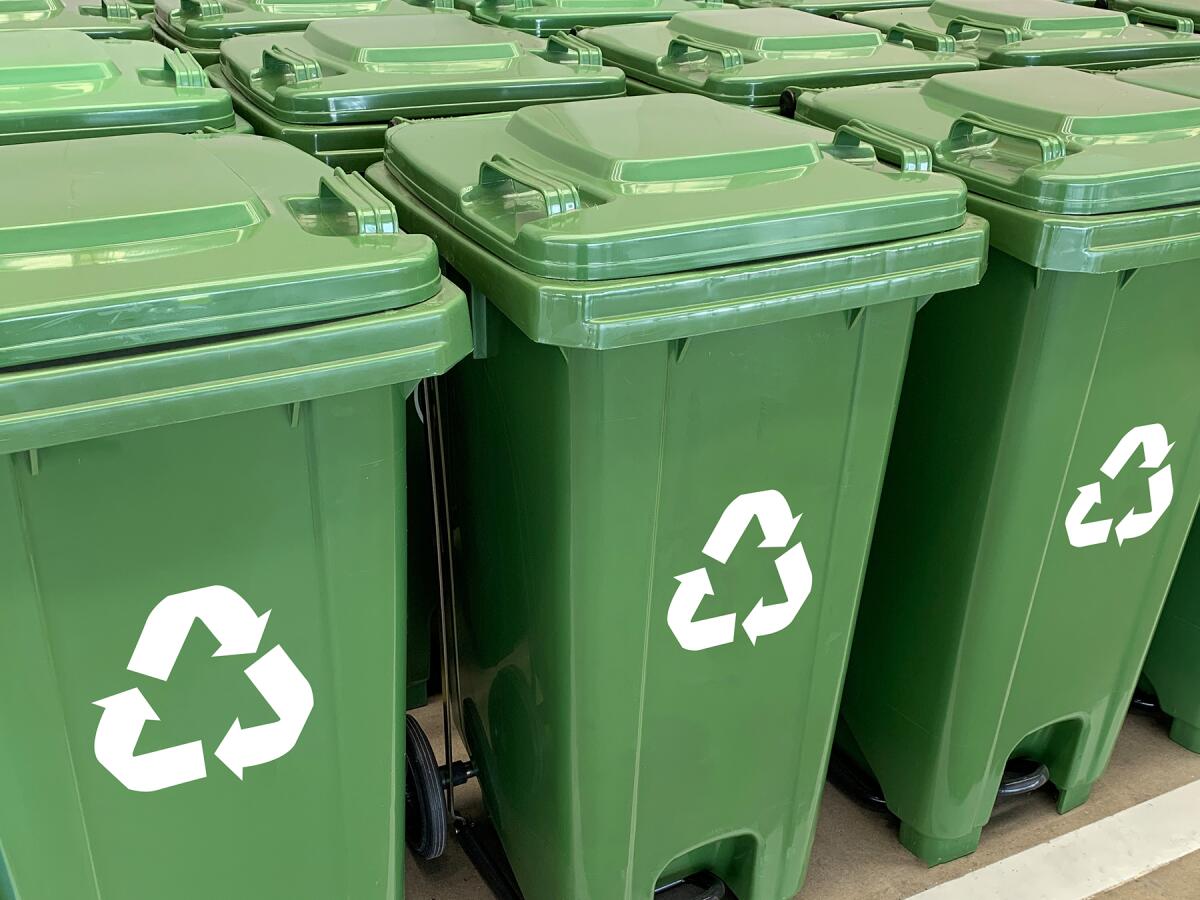
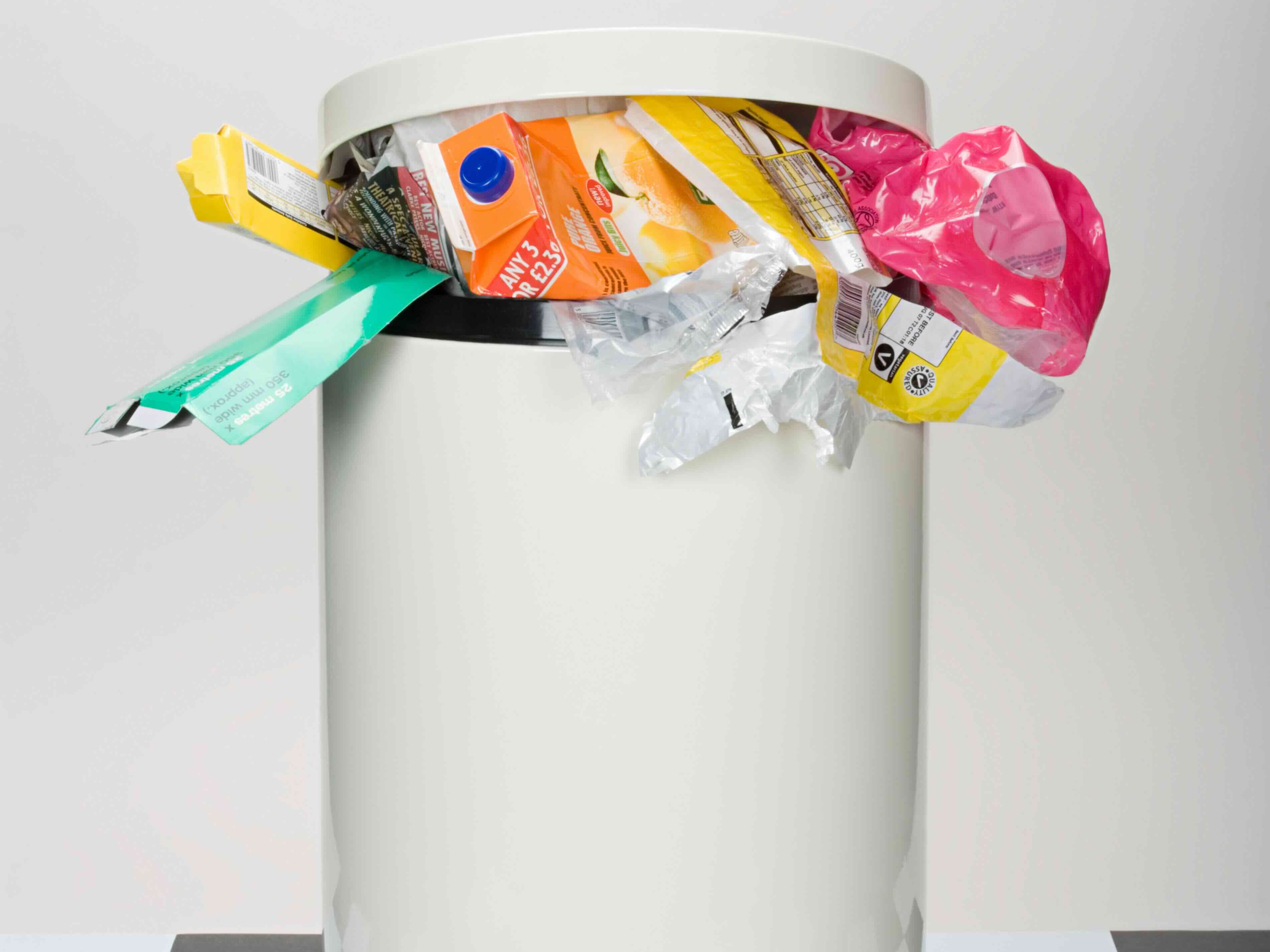
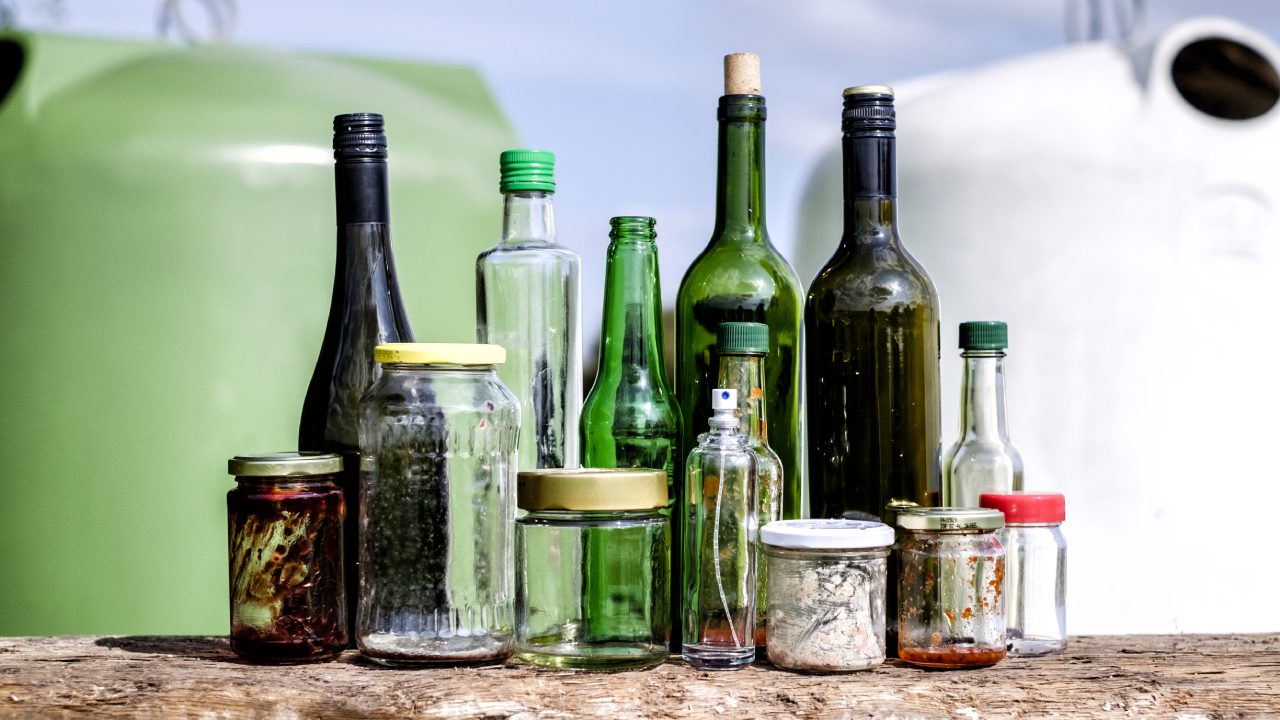
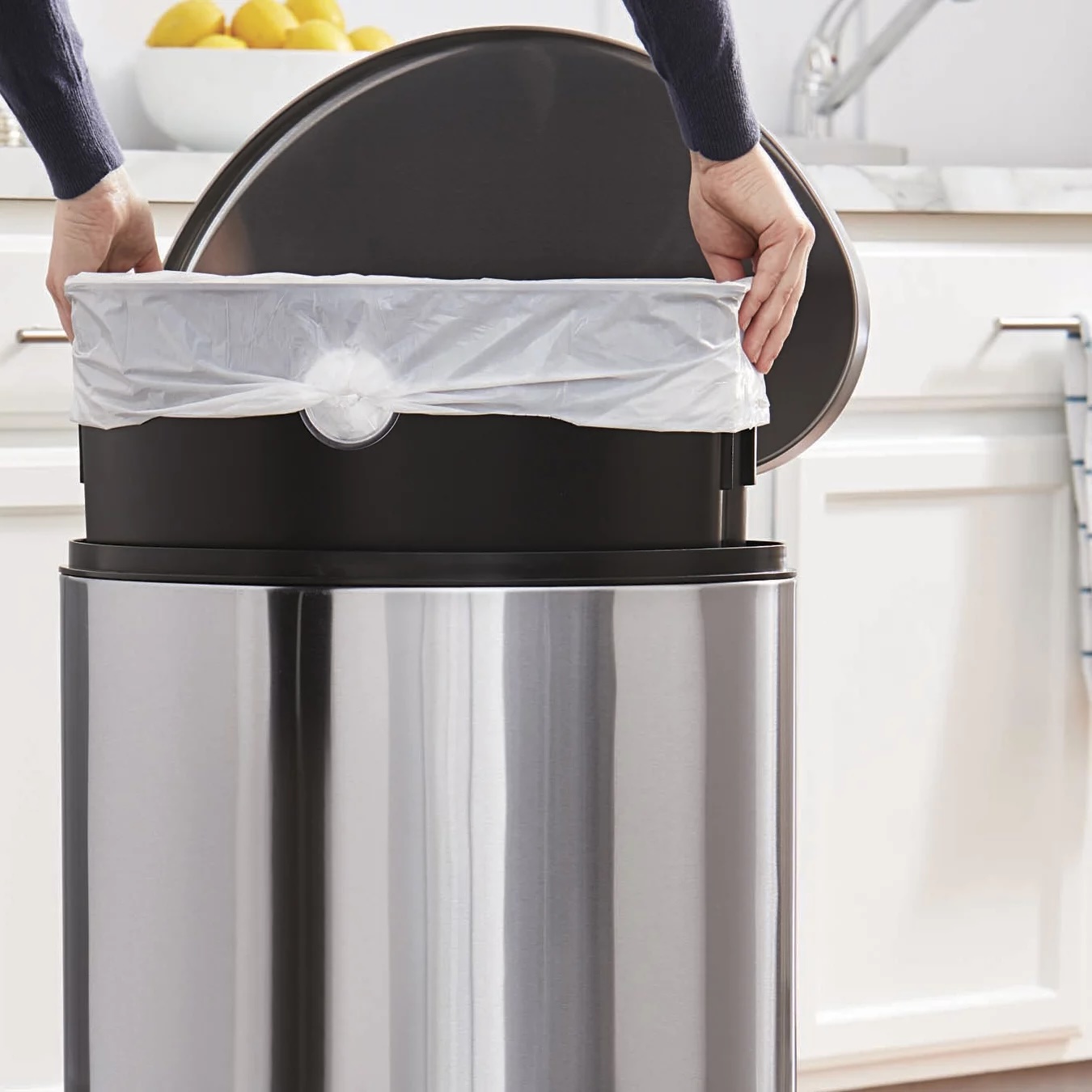
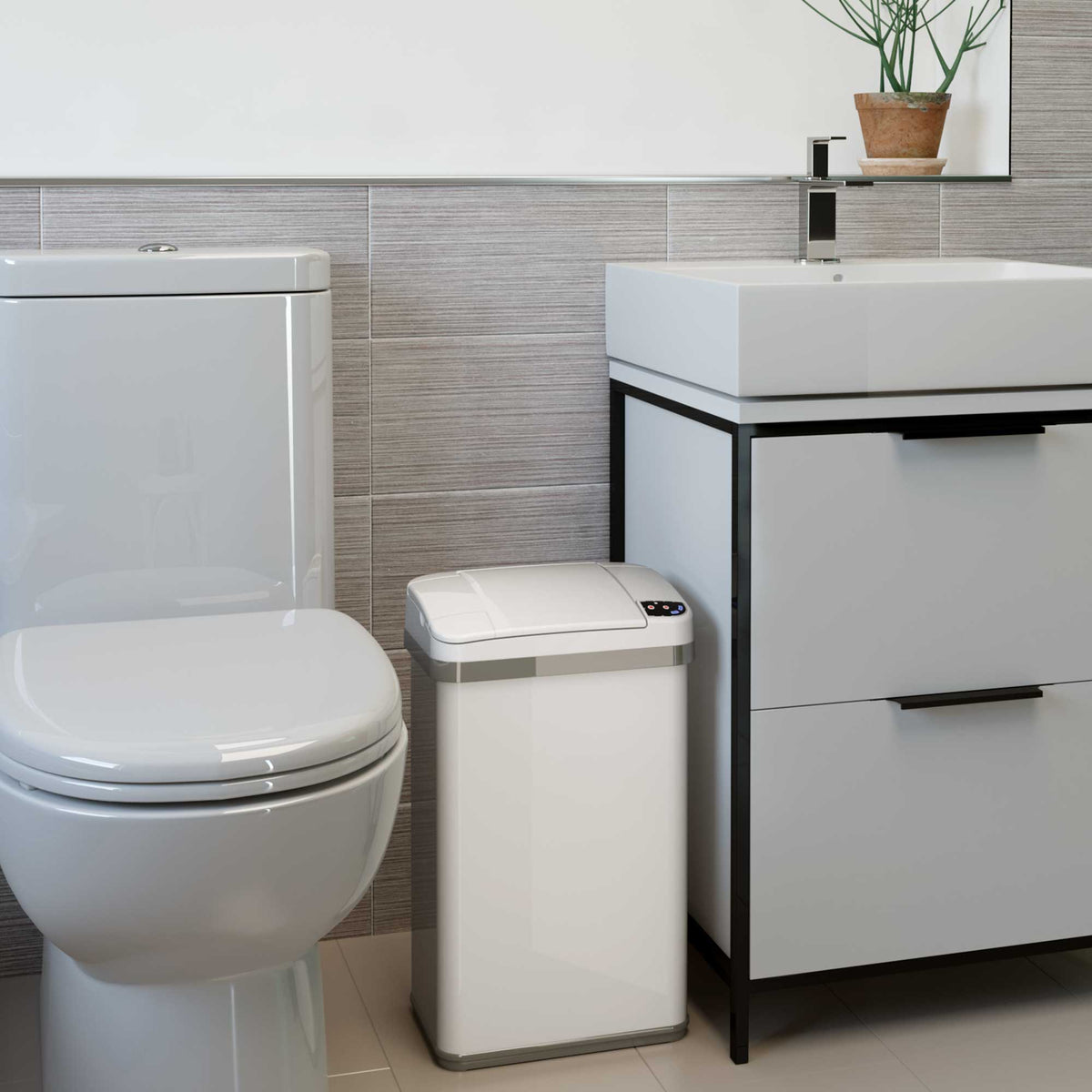
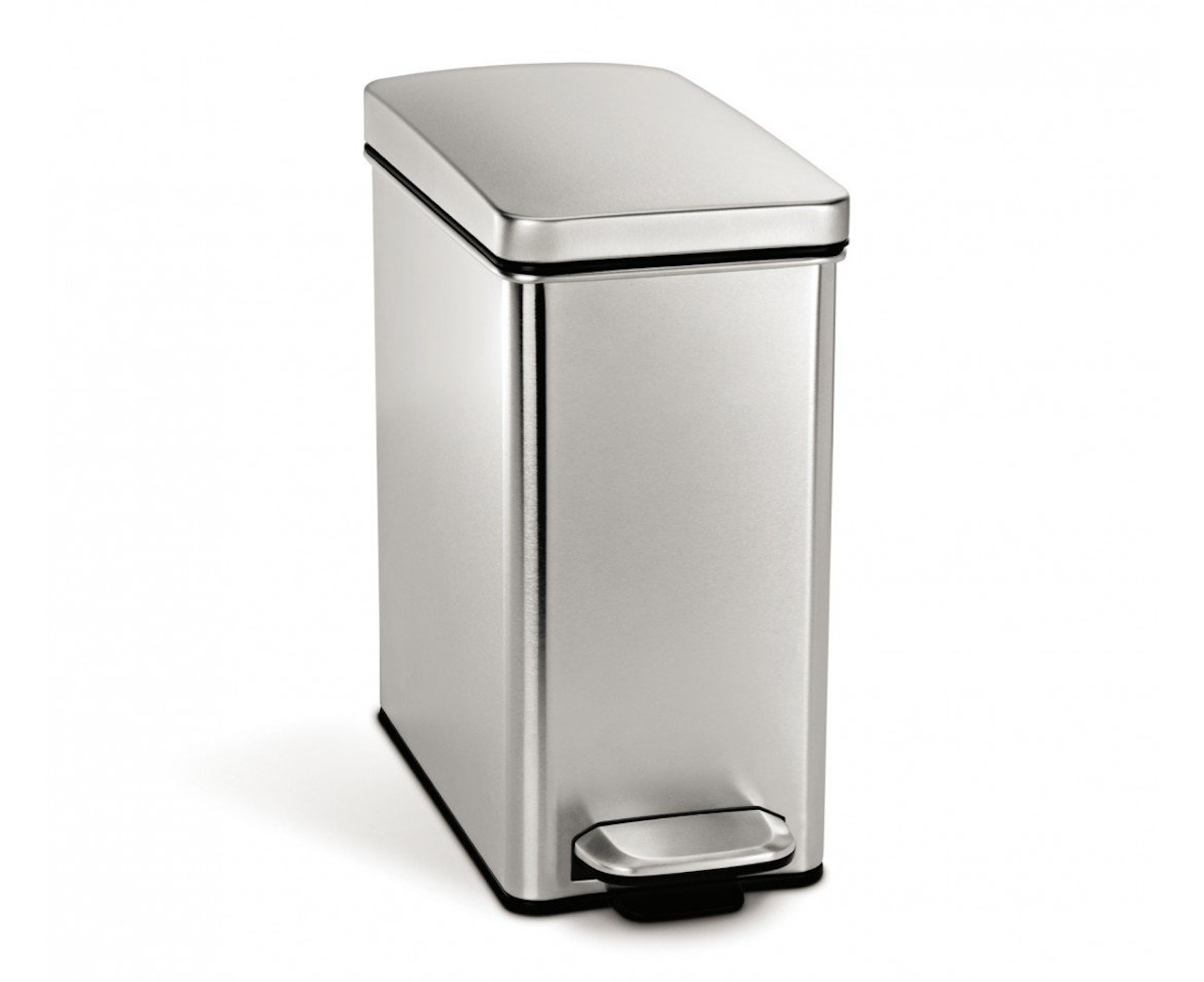
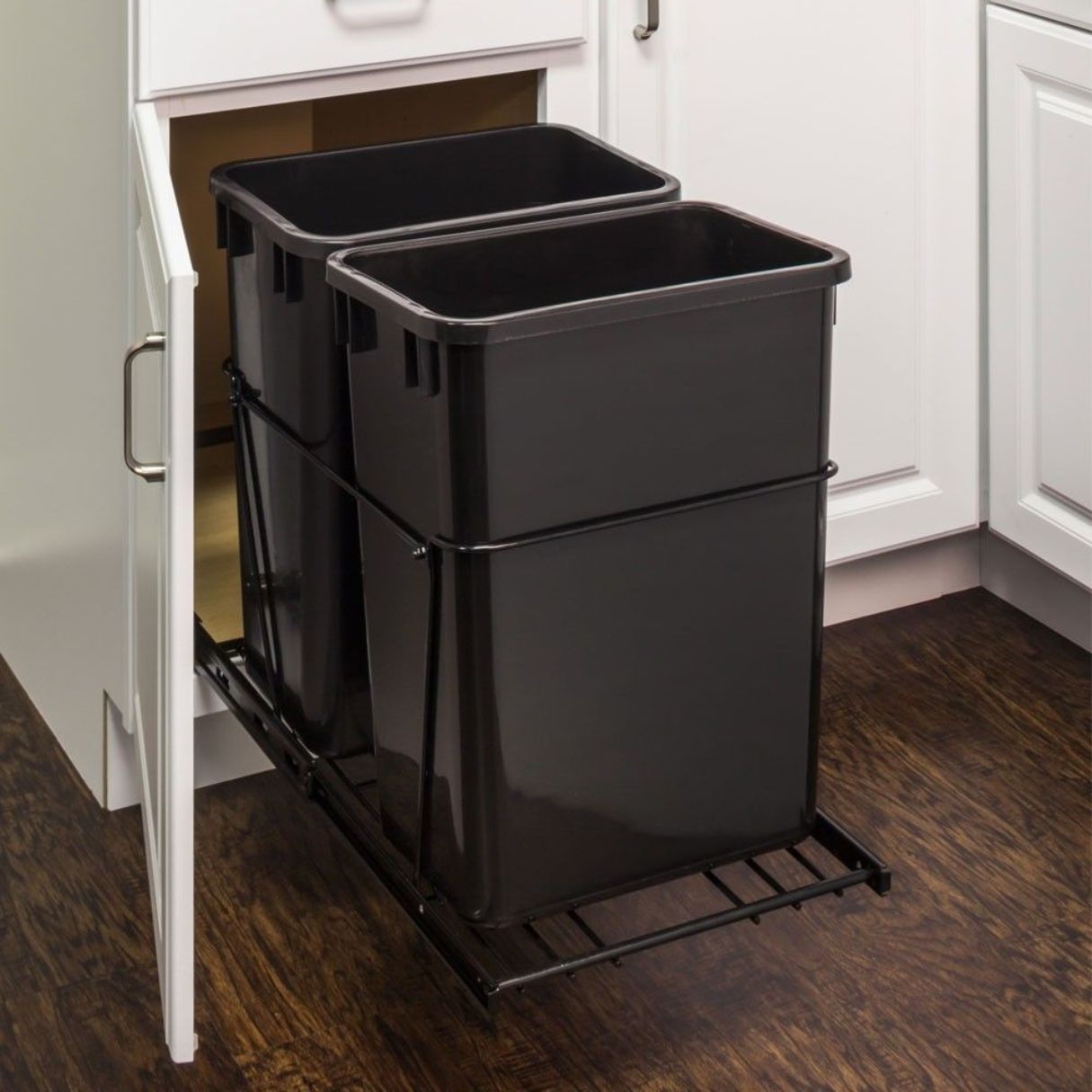
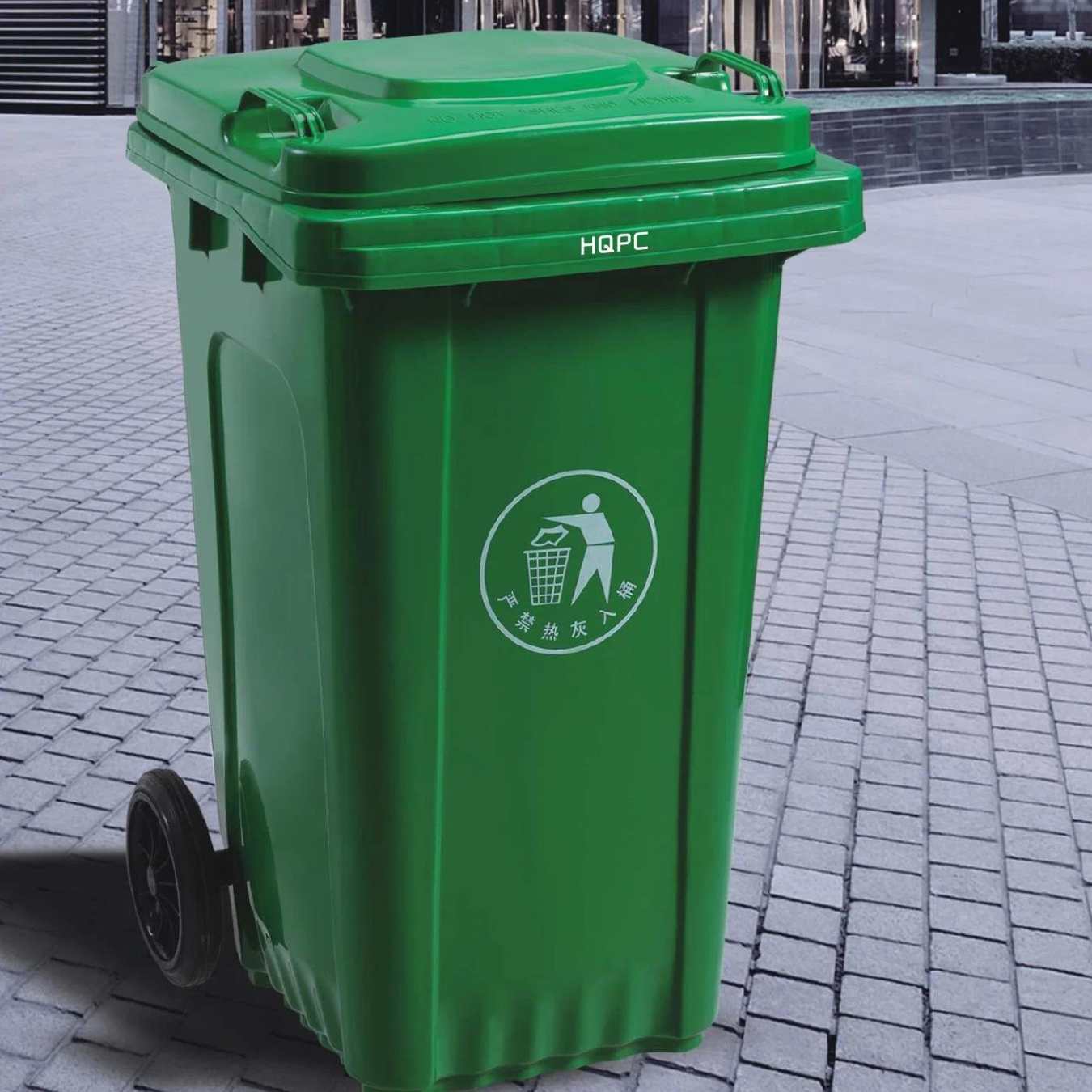
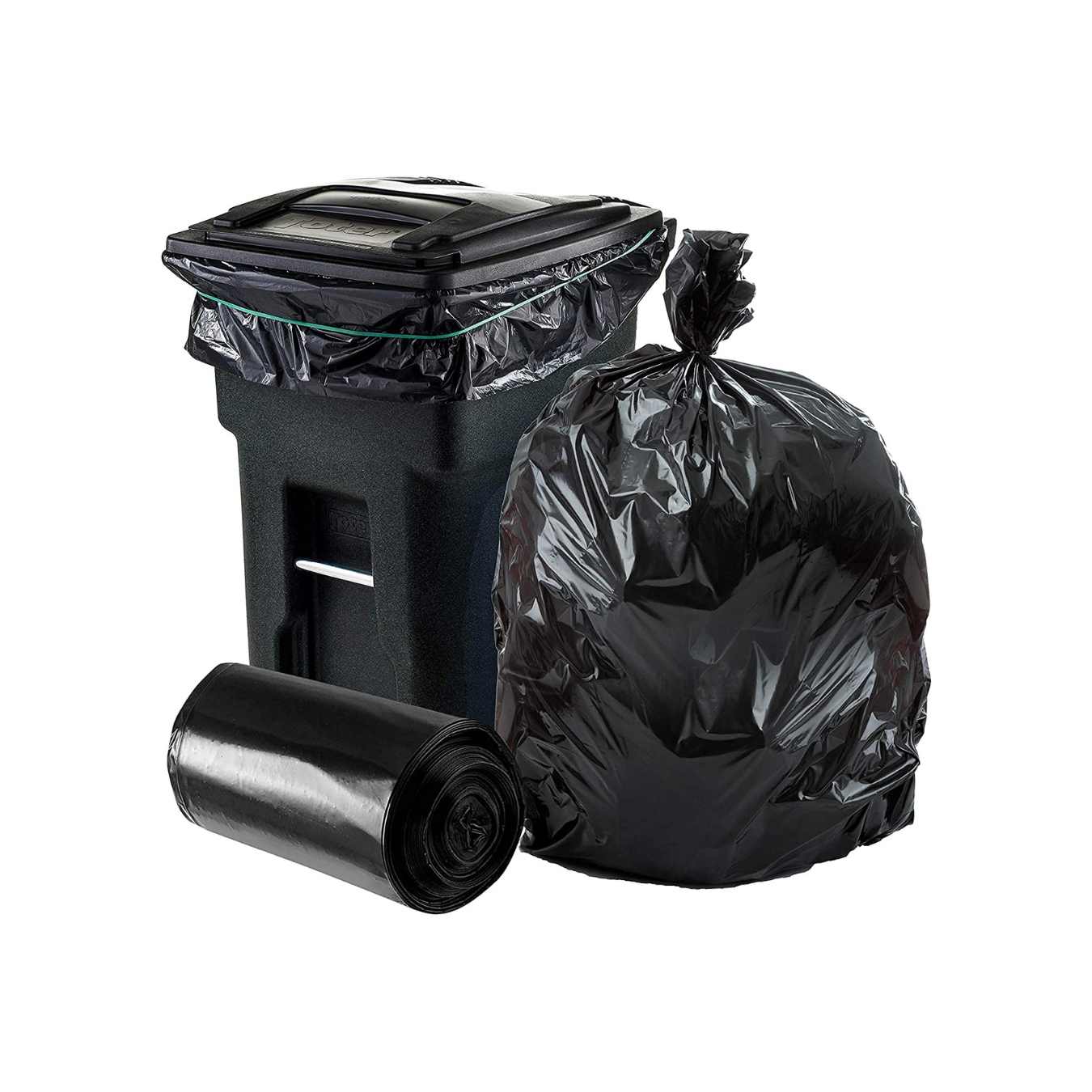
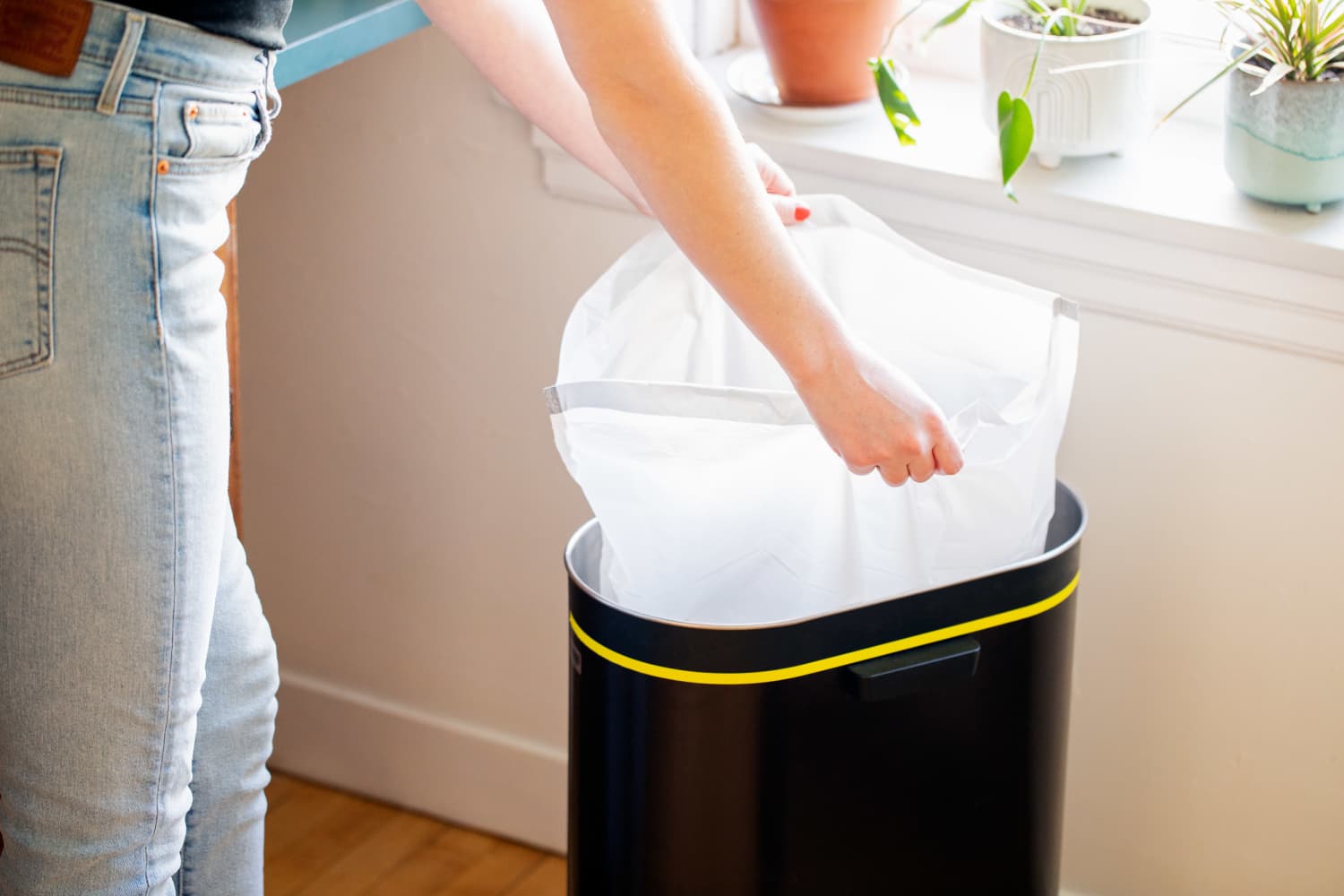
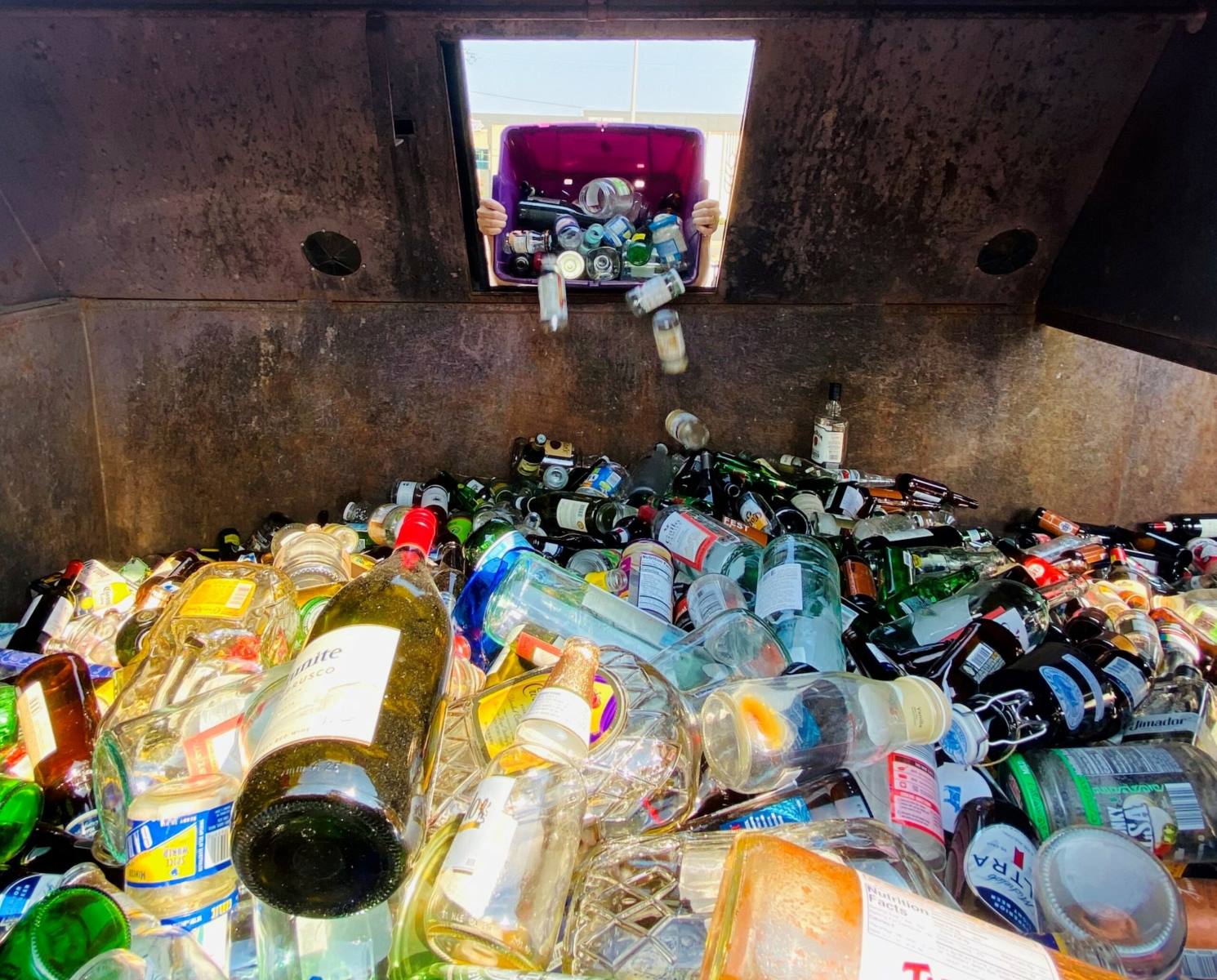
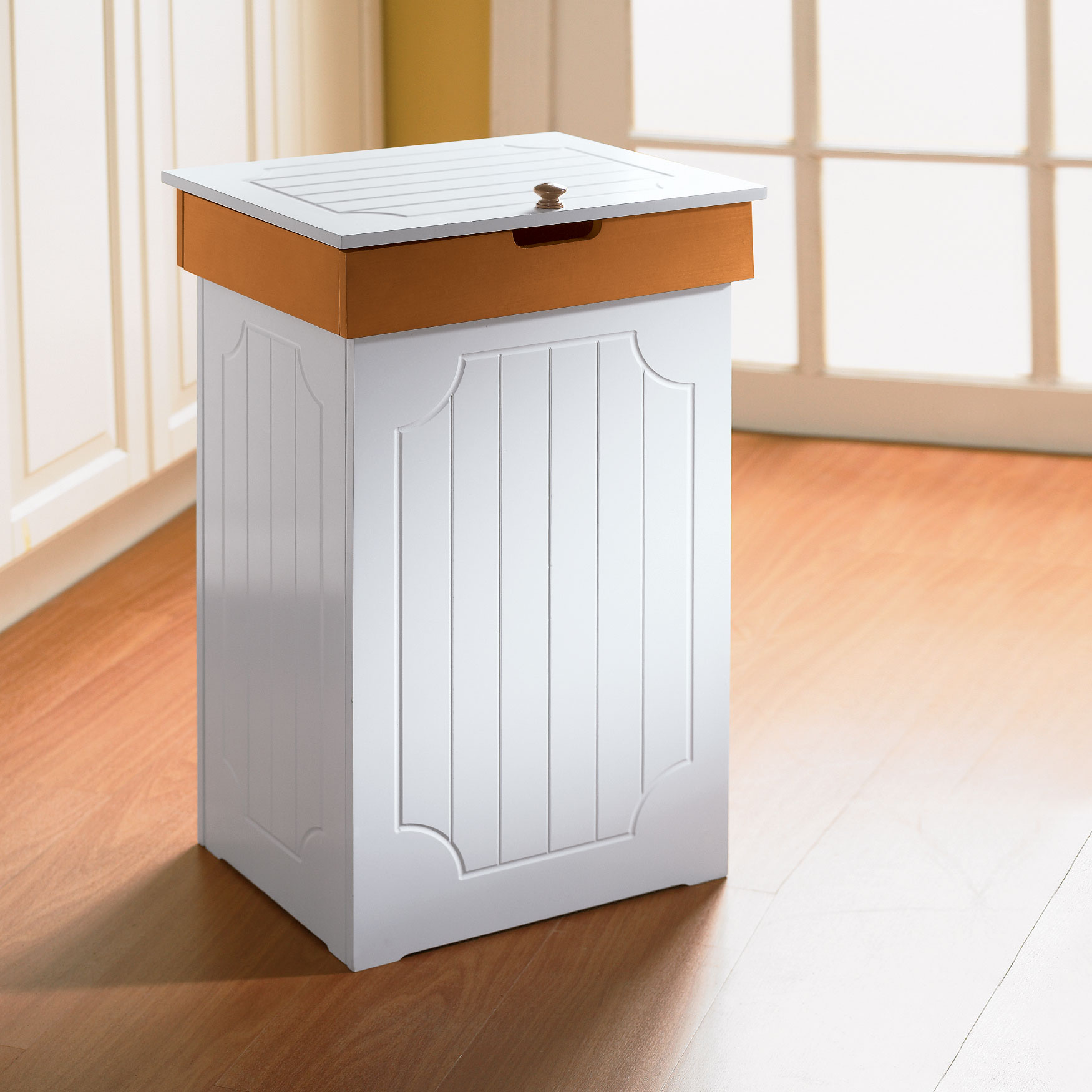
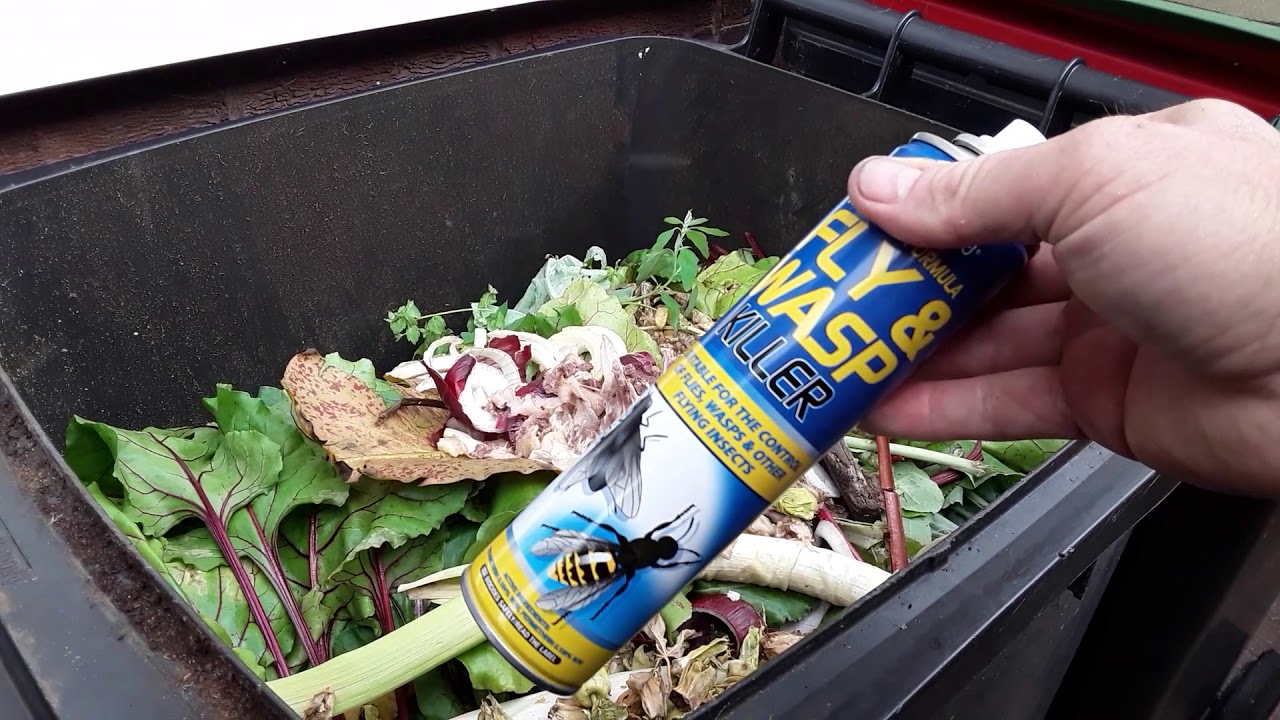

0 thoughts on “What Goes In Recycling Trash Can”